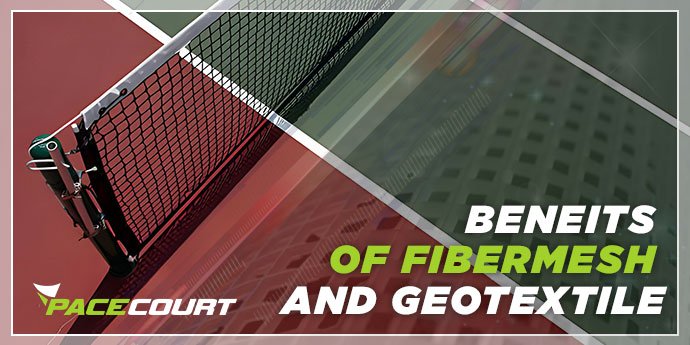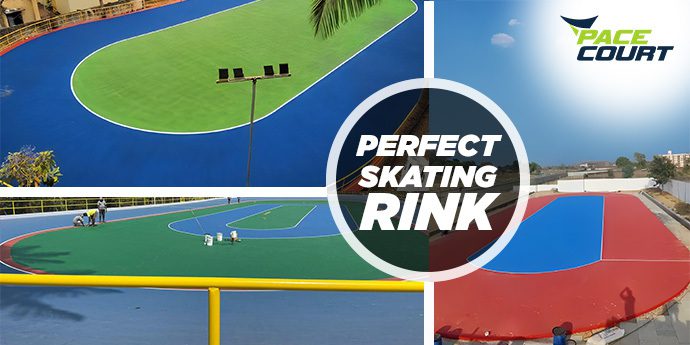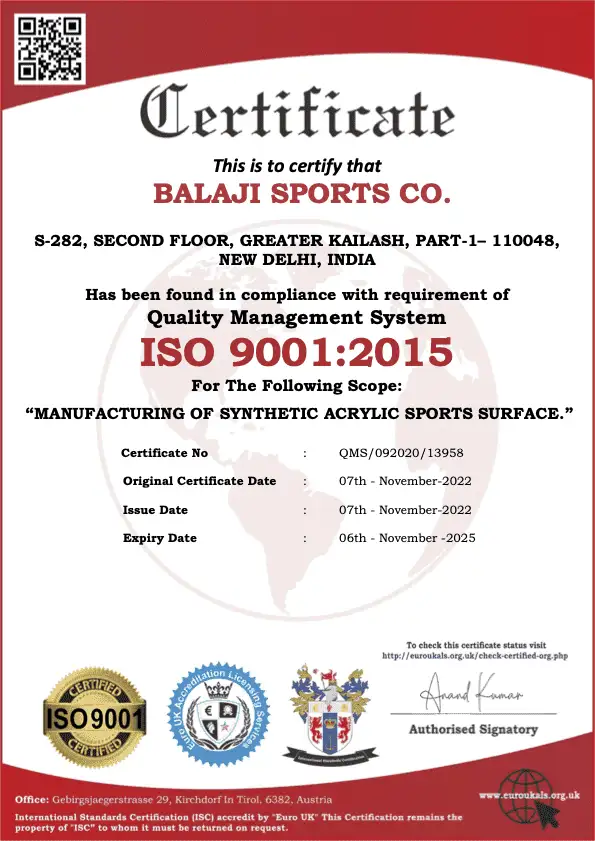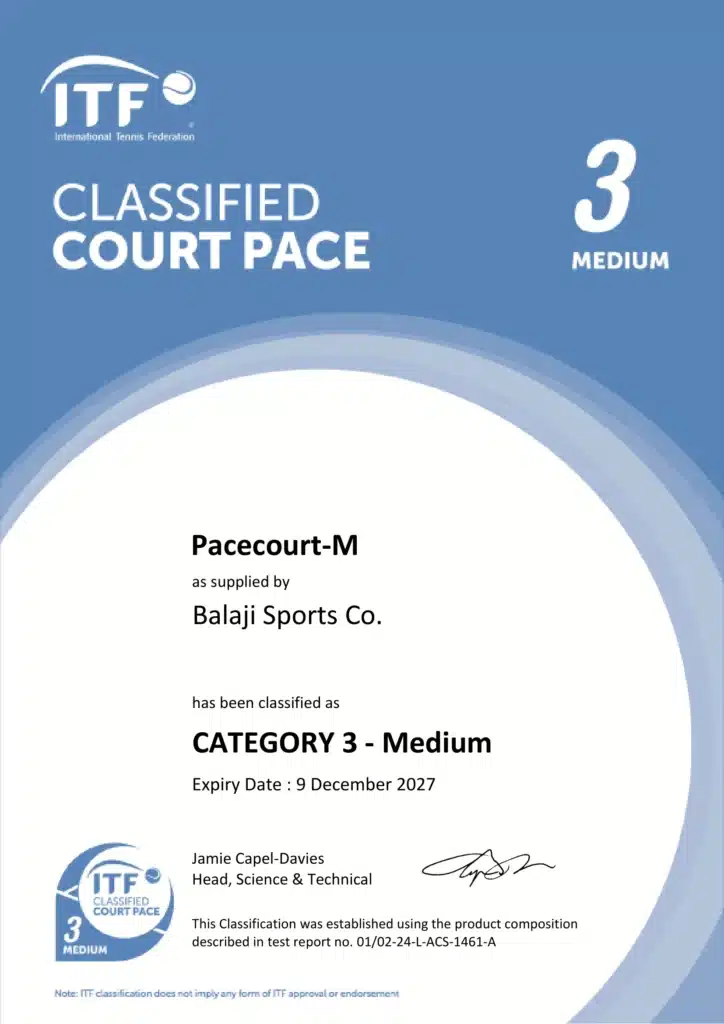The Role of Fibermesh and Geotextile in Sports Flooring Systems
In the world of sports infrastructure, we often focus on the visible aspects of the flooring system—its texture, color, grip, and performance. But what lies beneath the surface is equally important in ensuring the safety, durability and functionality of a sports court. Two of the most underappreciated yet important components in sports flooring foundations are Fibermesh and Geotextile. These are foundation technologies that when applied correctly, enhance the structural integrity and performance of sports flooring. Sports surfaces are exposed to constant wear, dynamic loads and weather fluctuations, having a well engineered base is very important. Fibermesh and Geotextile designed to address key challenges such as crack resistance, moisture management, soil separation and long term load distribution. Whether you use them individually or together they make a resilient and high performance sports flooring system for tennis courts, basketball arenas, multi sport surfaces and more. This blog will explore the characteristics, benefits, applications and comparative advantages of Fibermesh and Geotextile in sports flooring systems. What is Fibermesh? Fibermesh is a synthetic fiber reinforcement system added to concrete or screed layers to improve their mechanical properties. Made of polypropylene, it is designed to mix uniformly within the concrete to control shrinkage and prevent micro-cracking during the curing process. Unlike traditional steel mesh, Fibermesh doesn’t require additional placement labor and integrates seamlessly with the concrete mix. Fibermesh Properties: Types of Fibermesh: Benefits of Fibermesh in Sports Flooring What is Geotextile? Geotextile is a porous fabric used in sports flooring systems to separate, filter, reinforce and drain soil layers. It is laid between the soil and the base or beneath the concrete slab to improve the foundation. Types of Geotextiles: Geotextile Properties: Benefits of Geotextile in Sports Flooring Comparing Fibermesh and Geotextile While both materials serve different technical purposes, they are complementary in sports flooring construction. Feature Fibermesh Geotextile Purpose Reinforced concrete/slab Separates and stabilizes soil layers Material Polypropylene fibers Woven or non-woven fabrics Key Function Crack control, load resistance Drainage, filtration, soil stability Placement Mixed within concrete Laid beneath base aggregates or slabs Ideal Use All synthetic surface base slabs All soil-based and outdoor courts When used together, they offer a complete solution that addresses both structural and environmental stress factors. Real-World Applications in Sports Flooring Installation Guidelines of Fibermesh and Geotextile in Sports Flooring Fibermesh (Concrete Reinforcement) For Geotextile (Subgrade Stabilization and Drainage) Sustainability and Environmental Impact Fibermesh and Geotextile are part of sustainable construction: Conclusion In summary, while players and spectators may never see them, Fibermesh and Geotextile in sports flooring are the behind the scenes heroes of modern sports flooring systems. Their ability to stabilize, reinforce and protect the layers beneath synthetic courts is crucial. For contractors, architects and facility owners looking to build long lasting high performance sports infrastructure, using these materials is not just an option – it’s a best practice. Choosing the right combination of Fibermesh and Geotextile gives you a foundation that performs under stress, drains well and stands the test of time. As the demand for quality sports flooring grows, so will the relevance of these foundation technologies in building the courts of tomorrow. Frequently Asked Questions













